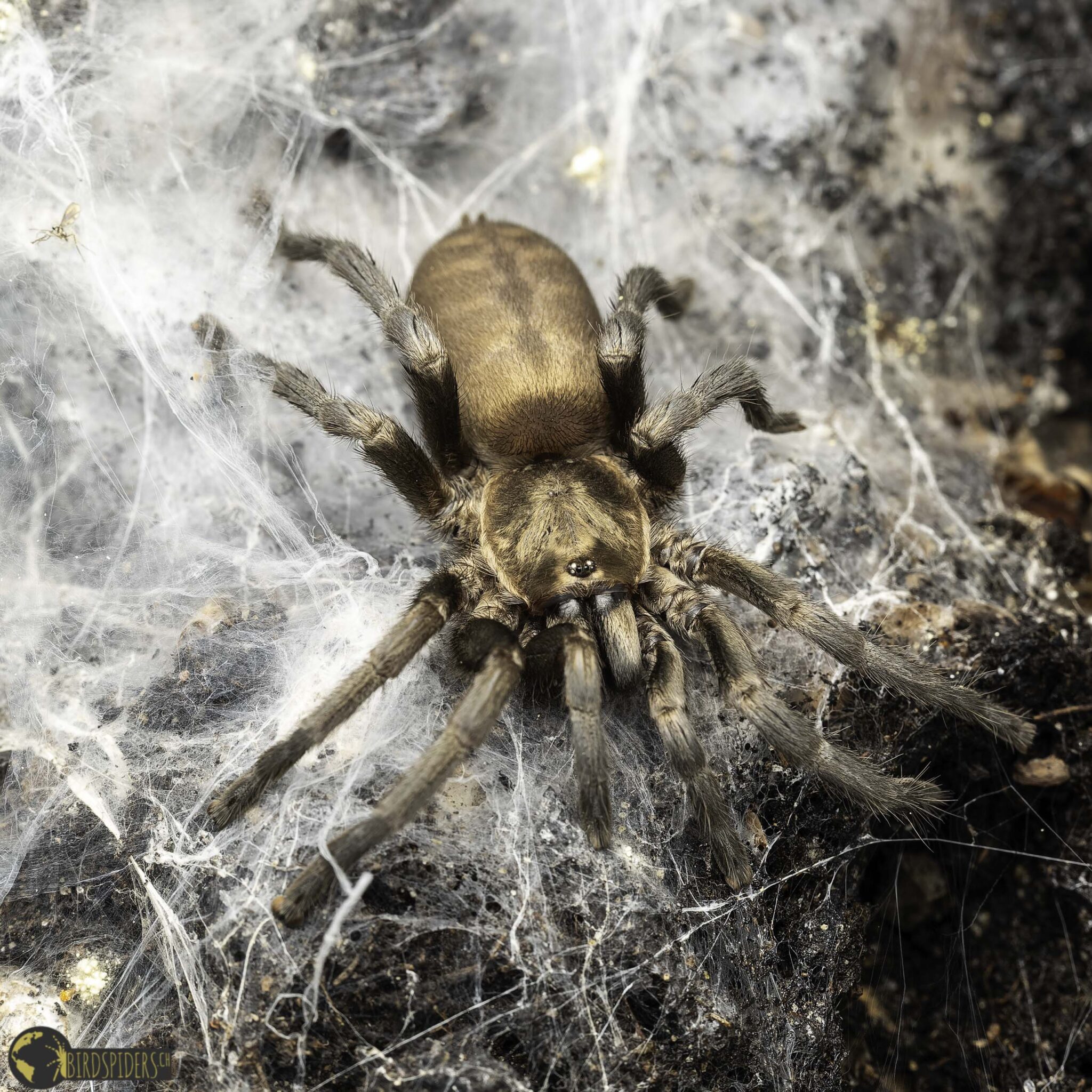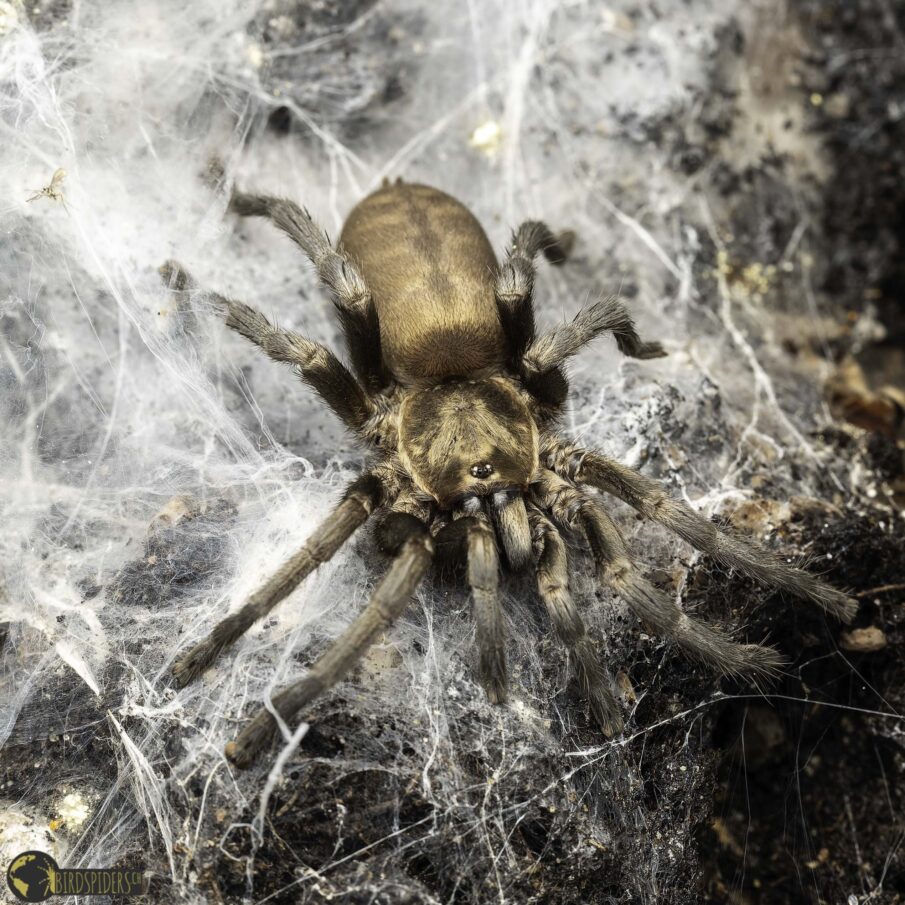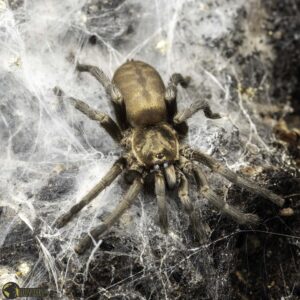Overview
Ischnocolus jickelii is a rare and fascinating species of Old World tarantula known for its unique appearance and ecological importance. This small tarantula is native to parts of Africa and the Arabian Peninsula, including Aden, Djibouti, Ethiopia, the United Arab Emirates, and Somalia. First described in 1875, Ischnocolus jickelii continues to intrigue arachnid enthusiasts and conservationists alike. Understanding this species helps promote awareness and protection of its natural habitats.
Natural History of Ischnocolus jickelii
Ischnocolus jickelii inhabits arid and semi-arid regions across its range in northeastern Africa and the Arabian Peninsula. As an Old World tarantula, it exhibits behaviors and adaptations suited to its environment, such as burrowing and nocturnal activity to avoid the harsh daytime heat. These tarantulas play a role in controlling insect populations, contributing to the ecological balance of their habitats. Despite their small size compared to some New World tarantulas, they are resilient and well-adapted to survive in challenging conditions.
Taxonomy & Systematics of Ischnocolus jickelii
The species Ischnocolus jickelii belongs to the family Theraphosidae, which includes all tarantulas. It falls under the genus Ischnocolus, characterized by small-sized Old World tarantulas. The species was first described by Ludwig Carl Christian Koch in 1875. Later, in 1890, French arachnologist Eugène Simon described a species named Chaetopelma adenense, which was later synonymized with Ischnocolus jickelii by researchers José Guadanucci and Richard C. Gallon in 2008. This taxonomic clarification helped consolidate knowledge about the species and its classification.
- Domain: Eukaryota
- Kingdom: Animalia
- Phylum: Arthropoda
- Class: Arachnida
- Order: Araneae
- Family: Theraphosidae
- Genus: Ischnocolus
- Species: I. jickelii
Husbandry of Ischnocolus jickelii
While Ischnocolus jickelii is not commonly kept as a pet, enthusiasts interested in Old World tarantulas may consider its care requirements. These tarantulas prefer dry, warm environments that mimic their natural habitats. Ideal temperatures range from 24°C to 30°C (75°F to 86°F), with low humidity levels to prevent mold and fungal growth. Providing a substrate suitable for burrowing, such as a mix of sand and soil, is essential for their well-being.
Due to their defensive nature and potential for faster movement compared to New World species, handling should be minimal and done with caution. Feeding typically includes insects like crickets and roaches, offered every few days. Maintaining a clean enclosure and monitoring environmental conditions will help ensure the health of Ischnocolus jickelii in captivity.
References
- World Spider Catalog. “Taxon details Ischnocolus jickelii L. Koch, 1875.” Natural History Museum Bern. Retrieved 2016-04-09. http://www.wsc.nmbe.ch/species/37604
- Guadanucci, J.P.L. & Gallon, R.C. (2008). “A revision of the spider genera Chaetopelma Ausserer 1871 and Nesiergus Simon 1903 (Araneae, Theraphosidae, Ischnocolinae).” Zootaxa, 1753: 34–48. doi:10.11646/zootaxa.1753.1.2. https://doi.org/10.11646/zootaxa.1753.1.2






